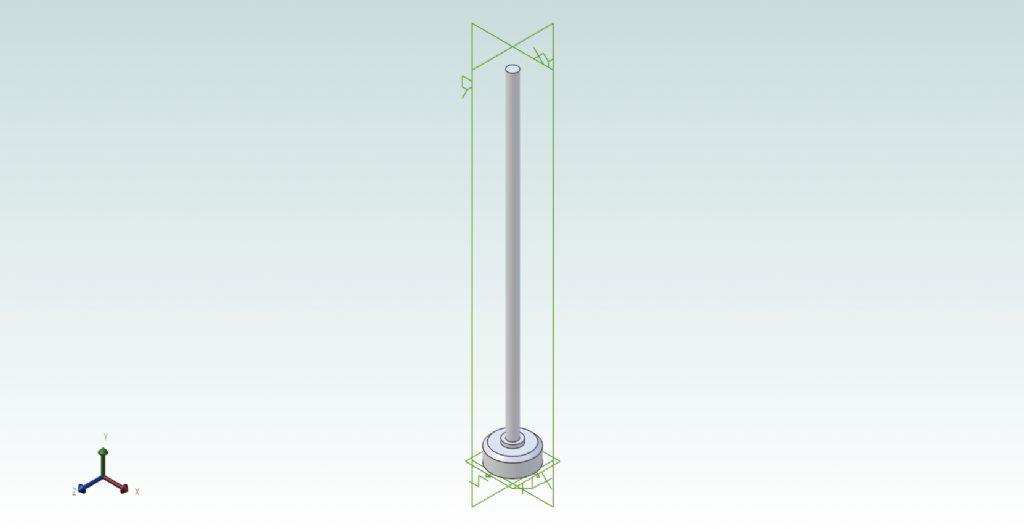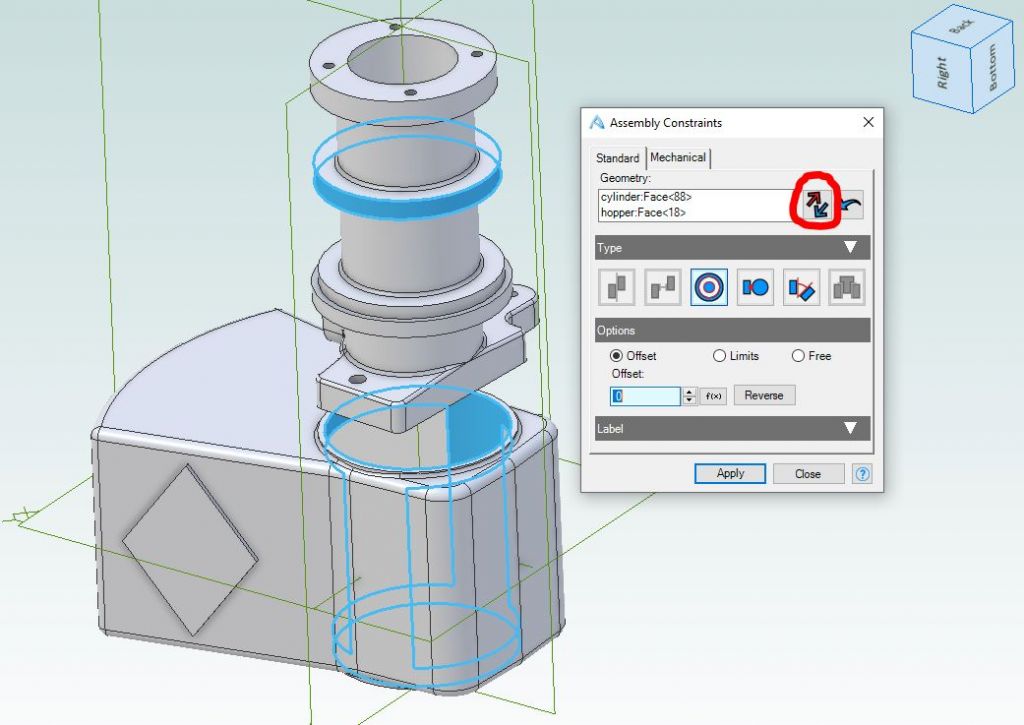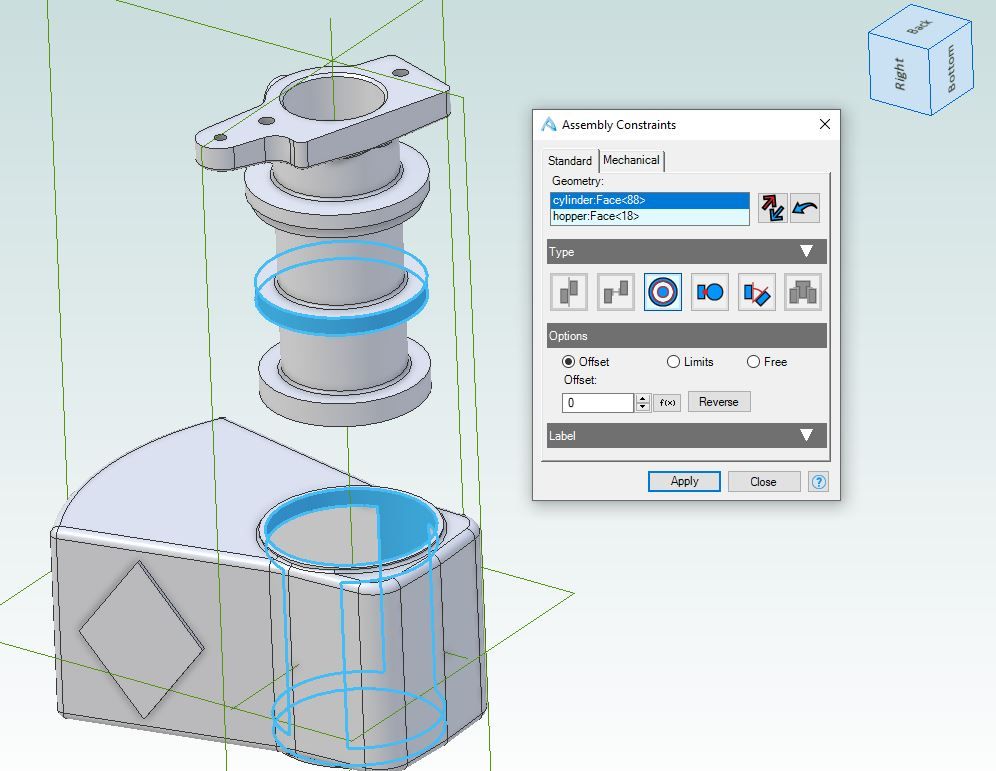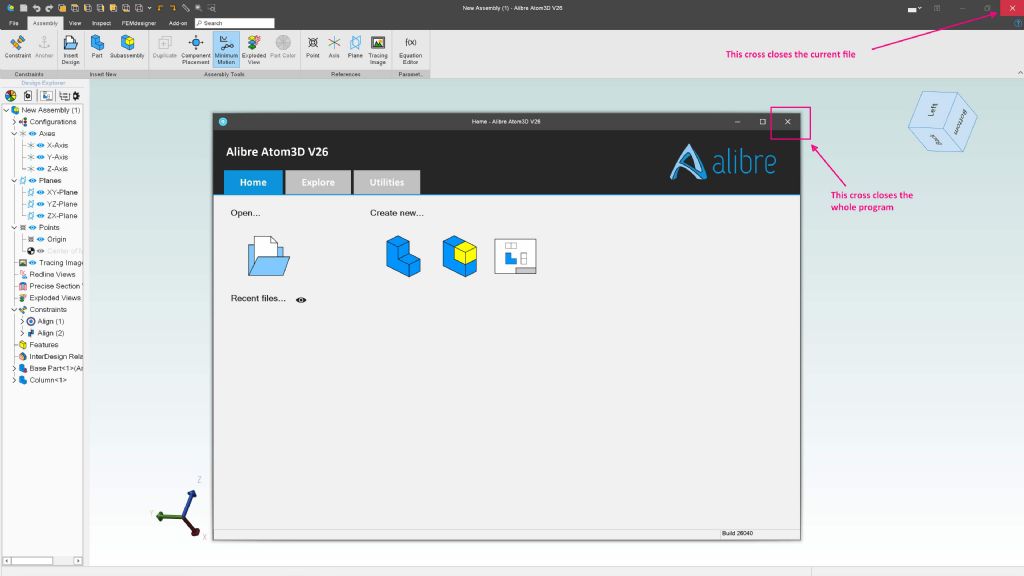I have pushed that tutorial exercise a stage further, but omitted the stage I cannot do.
'
Lee-
I'm not sure why you thought I was trying to draw part of my steam-lorry.
No, I was trying to follow the introductory tutorial first published in MEW a few years ago, but did invent a couple of basic but random exercises of my own.
I am nowhere near using 3D CAD for any real designs, as I had wanted, and now doubt I can ever reach that level.
.
Jason –
Please don't call me a "techno-phobe" . A so-called "techno-phobe" would not try to take up CAD and might not even use the Internet. I soon know my limits in any endeavour though; and they are not based on fear (the real meaning of "phobia" ). They are not just IT-related, either, but vary considerably in height by field and topic.
I have had very kind offers of mentoring by remote-control and telephone but I am very reluctant to accept for two reasons. Firstly I was always a slow learner so it could become very frustrating for the would-be tutor. Secondly, even if we overcome the basic problems I may not be able to progress significantly anyway.
So it is unfair of me to risk wasting others' free time by acting as unpaid teachers by telephone, with no guarantee of success now or in the future. I am very grateful for such offers, but it's too much of a gamble.
I added the TV anecdote simply to lighten things a bit.
Oh, and I have slowed the mouse down a bit, making it far easier to control.
'
While far away from computers and CAD today, I decided to try progressing that scribing-block exercise a little further.
Ignore that wretched taper-generating. Use a simple parallel column and modify the base to suit. If a real design needed a taper like that I'd have to draw the parts parallel but add a text note detailing it.
I'd not expected the next part of the exercise to assemble those, but it does, so that's what I did.
It worked too, with a few attempts, despite it showing 5 not 6 planes and fewer, apparently differently-named, constraints; than shown in the words-and-music.
The column is vertical on the file thumbnail but opened lying on its side. Then it went the wrong way on assembly, but I sort of corrected it: result below. The floor plane seems to read 'XZ', which is odd, but there it is.
At least the Constraints tool didn't open with that car brake image shown by the tutorial's screen-shot: I find examples like that, and those decorating the first page, very discouraging.
The next section is how to draw the Clamp, but I had become too exhausted and demoralised for that.

Edited By Nigel Graham 2 on 29/04/2023 22:44:54
lee webster.








![20230430_132547[1].jpg 20230430_132547[1].jpg](/wp-content/uploads/sites/4/images/member_albums/44290/923942.jpg)


